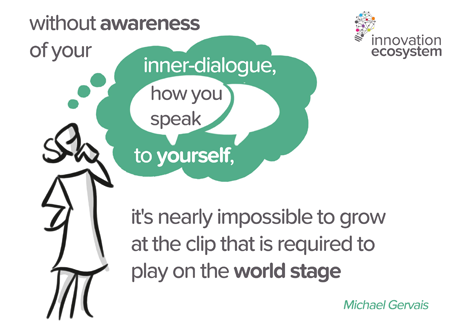Transferring Innovation Skills to Newbies: Fact or Fiction?
Expert innovators know from experience how to innovate while minimizing hassle, needless tasks and wasted effort – they’ve been successful (and unsuccessful) countless times through trial and error. Using flight simulators and surgical learning tools as examples, it’s been proven that teaching veteran skills to ‘newbies’ isn’t science-fiction, especially in more ‘exact’ disciplines such as medicine and math. But is it possible to design a crash-course that teaches young and inexperienced innovators the less-definable skills, attitudes and insights necessary to ideate, champion and implement without having to go through all the awkwardness of being a rookie? We think so, and here’s why.







